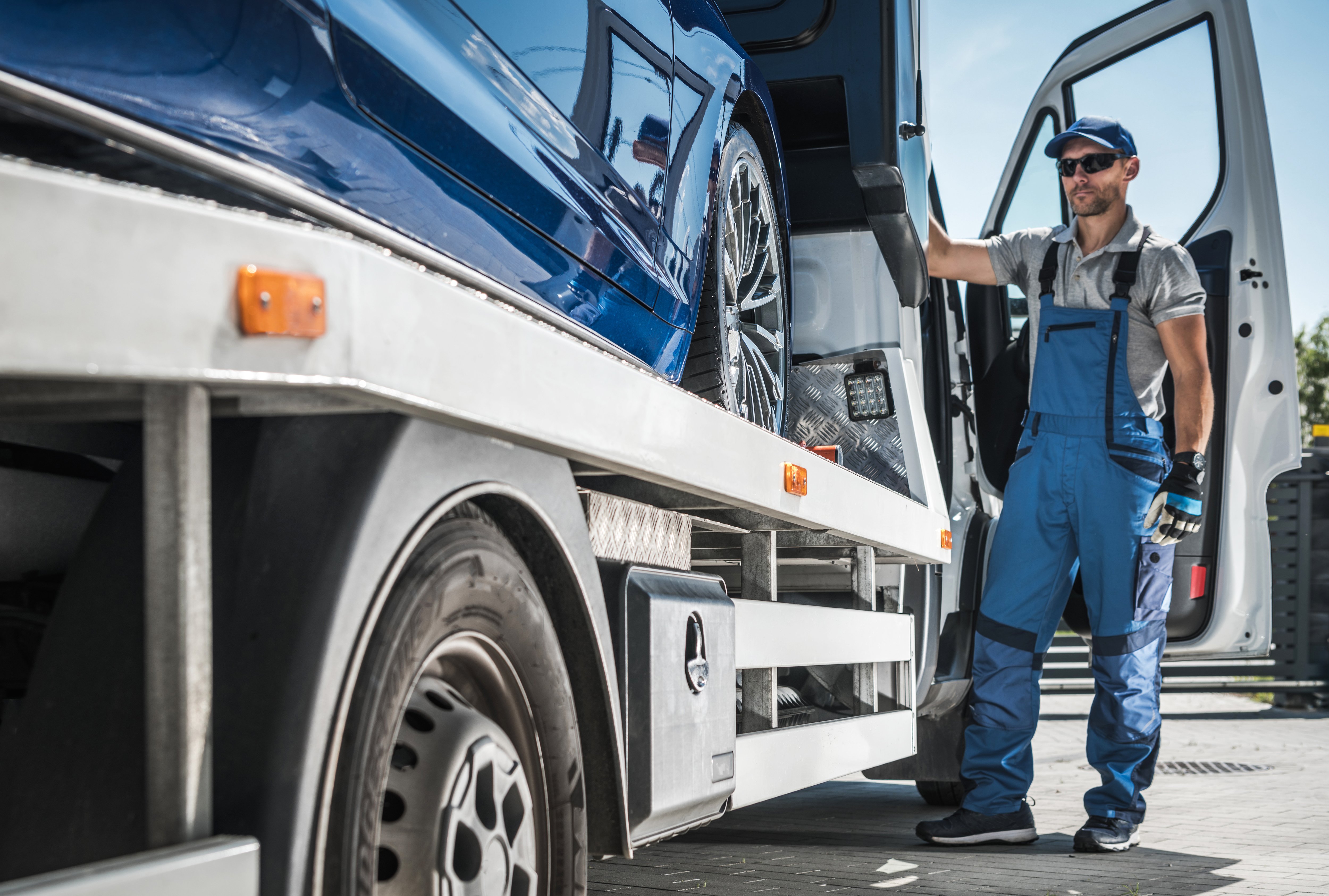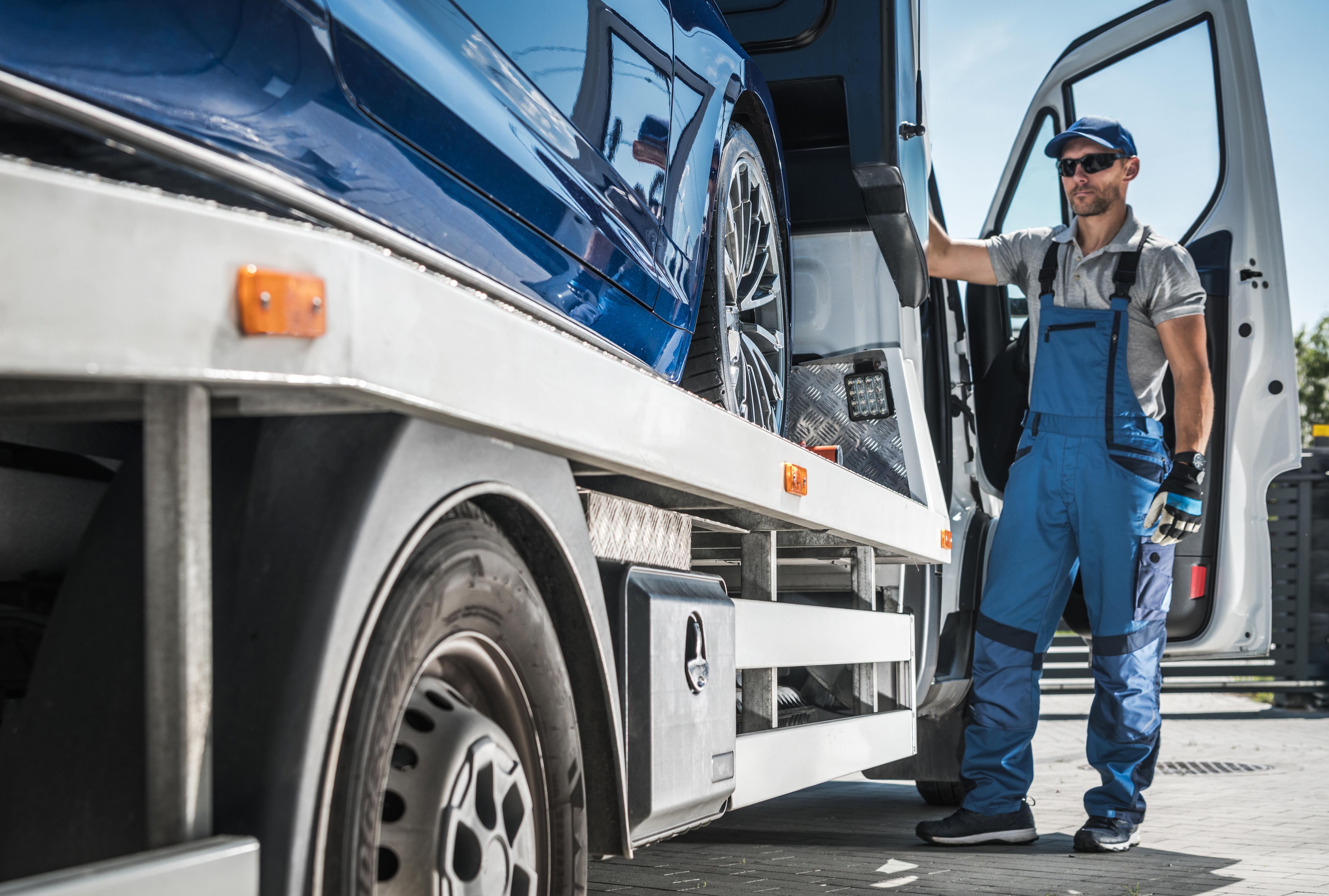A lot of people have struggled through the pandemic as unemployment, medical costs, and a general economic decline all seemingly conspired against American households over the last year.
Yet for everything that has been lost, it could have been much worse. That’s because, last year, Congress passed legislation requiring lenders to allow borrowers to delay their payments on all federally insured mortgages and student loans. Furthermore, private lenders voluntarily offered forbearance to a wide range of other borrowers, particularly with car loans, mortgages, and credit card debt.
But what goes up must come down and these outstanding debts ultimately must be reconciled.

The Coming Delayed Debt Crisis
How much money are we talking about? A recent study out of the Stanford Graduate School of Business provides us with some details.
Amit Seru, a professor of economics and a coauthor of the study, drew on nationwide credit bureau data to conclude that roughly 50 million people postponed about $43 billion in loan payments between March and October 2020. He goes on to estimate that, by the end of March 2021, those numbers will be 60 million people to the tune of $70 billion.
On an individual household level, these delayed payments translate to an average of $3,200 in back mortgage payments, $430 on car loans, and $140 on student loans. Keep in mind, these amounts speak only to postponed debt, not the total debt still owed on the loan. This means that while making regular loan repayments, borrowers must repay the delayed amount as well. This could be a crippling blow for a wide range of households who already would struggle to make their regular loan payments.
It’s even more concerning that Seru’s study also showed people from lower income brackets represent the bulk of outstanding debt that will soon come due.
TrendSource Repossession Lot Inspections

Look, it’s terrible to think about, but there are about to be a lot of foreclosures and repossessions. Barring some sweeping act of Congress that subsidizes the repayments (which is not likely) or banks just wiping the debt off their books (even less likely), a lot of households will soon be facing debts they cannot repay and will forfeit the asset.
These, unfortunately, are the realities of the economy and the facts on the ground. But we can all do our part to make it a little better.
Later this week, we will talk about how the rise in foreclosures demands lenders turn to Occupancy Verification Inspections, but for now, we are going to focus on car repossessions.
More than ever, lending institutions must do their best to ensure that the people who handle auto repossessions on their behalf do so with professionalism, accountability, and, above all, in a manner that complies with federal regulations and industry best practices. This is not a good time for anybody, and lending institutions cannot afford to make it worse by partnering with unscrupulous repossessors who fail to meet basic security and operational standards.

Repossession Networks exist for this very purpose and, frankly, now is their time to shine. They have a genuinely necessary service to offer—helping lending institutions locate responsible and compliant partners across the country—in a time that that service is truly needed.
TrendSource OSI’s Repossession Lot Inspections are a part of this solution. We help Repossession Networks vet their potential members, from whom banks then choose their repossession partners.
As we’ve previously described, TrendSource has long been a trusted provider of Repossession Lot Inspections, relying on its massive network of Inspectors covering all 50 states. These inspections can even be performed virtually.
Repossessions are going to increase over the next year—it seems near impossible to imagine a scenario where they will not. It will be painful and ugly, but it’s also necessary for the overall health of the economy. Everybody has their part to play to try and make it as efficient and fair as possible. And Repossession Lot Inspections can help.


